Casoncelli, an original recipe for filled fresh pasta bundles
I would do Casoncelli it is a real art. With that substantial and tasty filling enclosed in a tender bundle of fresh pasta, they are that first dish that conquers everyone. Tradition has it that some ingredients are omnipresent, such as nutmeg, parsley, breadcrumbs and Grana. But like any typical Italian recipe, there are different variations between regions and cities: the most famous versions are i Bergamo-style Casoncelli ei Casoncelli of Barbariga (the Brescia ‘casonsei’). In fact, Brescia and Bergamo are the two provinces that compete for the authorship of this very typical recipe of the area, so much so that there are several popular festivals dedicated to this type of pasta.
Ingredients for 4 people (850 g)
- FOR FRESH PASTA
- Medium eggs: 4
- Flour 0: 400 g
- Salt up: 1/2 tsp
- Water: to taste
- FOR THE STUFFING
- Beef: 300g slices
- Breadcrumbs: 80 g
- Grated Parmesan: 60 g
- Macaroons: 10 pcs
- Raisins: 100 g
- Vegetable broth: 100 ml
- Parsley: 3 sprigs
- Salt up: 1/2 tsp
- FOR THE DRESSING
- Butter: 200 g
- Sweet bacon: 150 g
- Sage: 3 sprigs or 10 leaves
- Parmesan: 100 g
- Preparation: 1 hour
- Cooking: 10 minutes
- Total: 1 hour, 10 minutes
Preparation of fresh pasta
To prepare the fresh pasta for Casoncelli, start by pouring the flour and salt into a bowl, forming an empty bowl in the center. Start pouring an egg into the bowl.
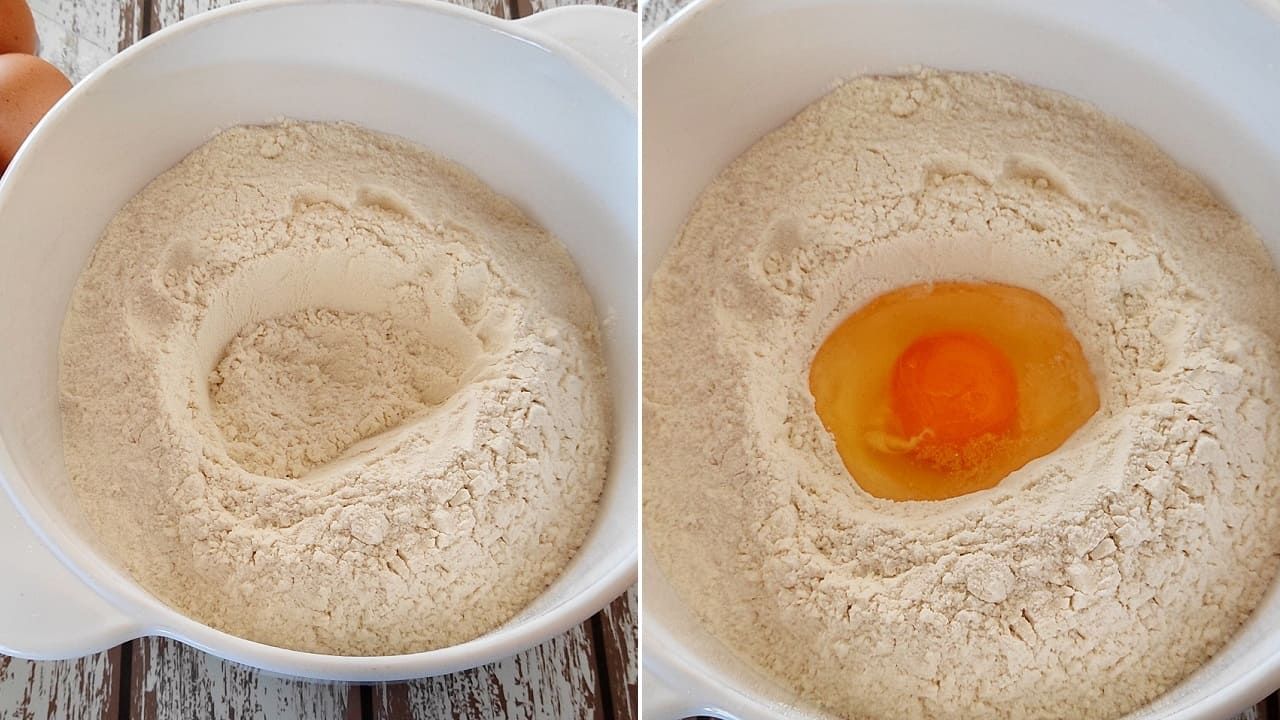
With a fork, mix in the flour with the egg and gradually add the other eggs, one at a time, always mixing and making sure that the ingredients mix.
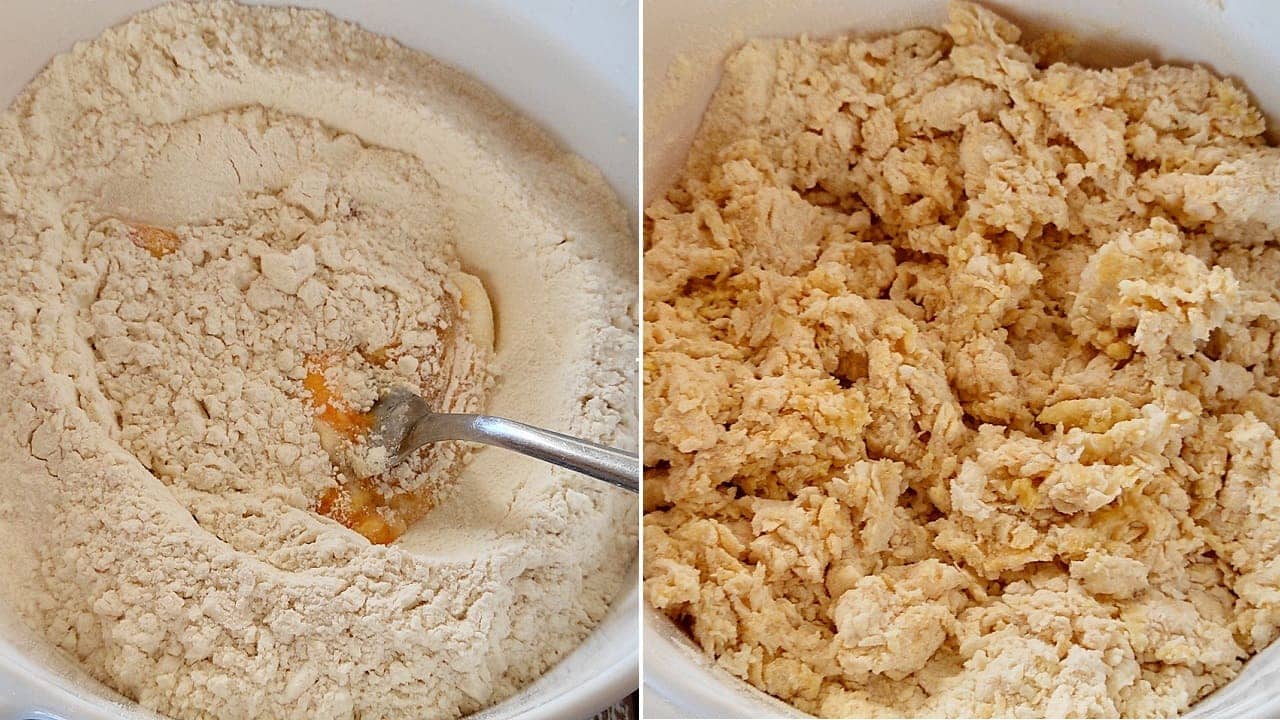
Once all the eggs have been incorporated into the flour, move the dough onto a pastry board and work it vigorously with your hands for at least 10 minutes, until a smooth, homogeneous and lump-free dough is obtained.
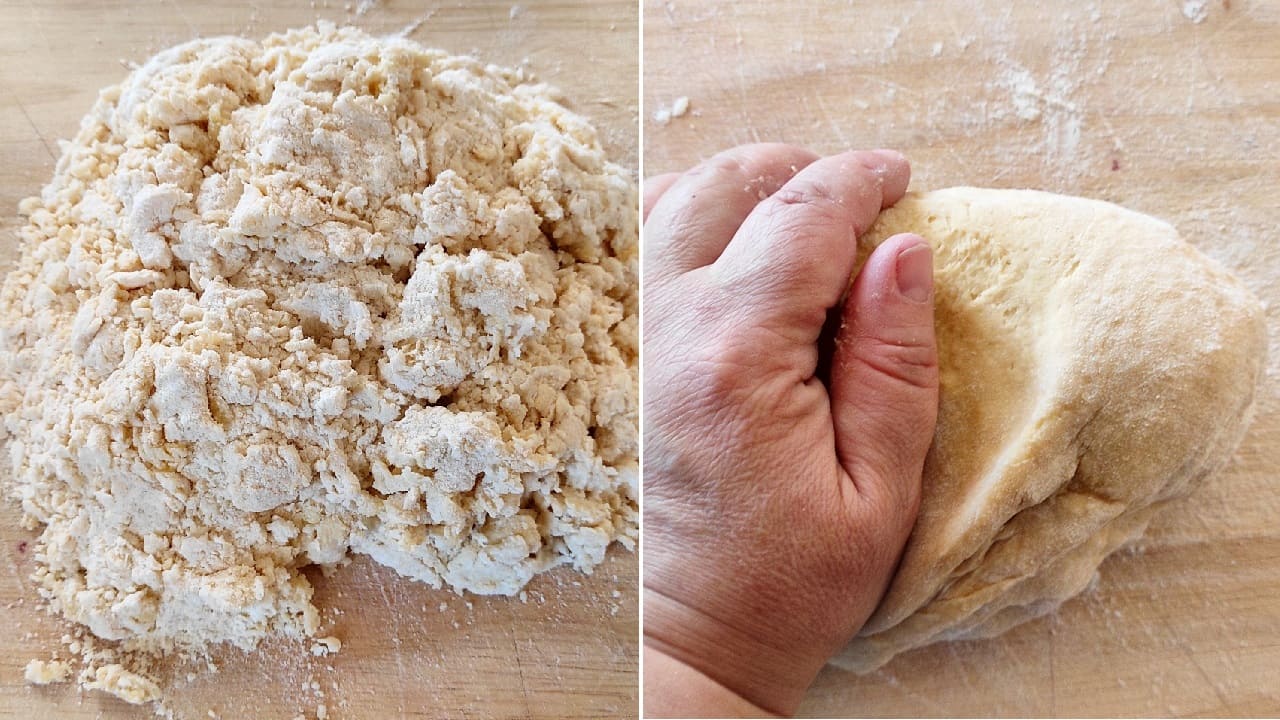
Compact the dough, cover it with cling film and let it rest for 2 hours in the refrigerator.
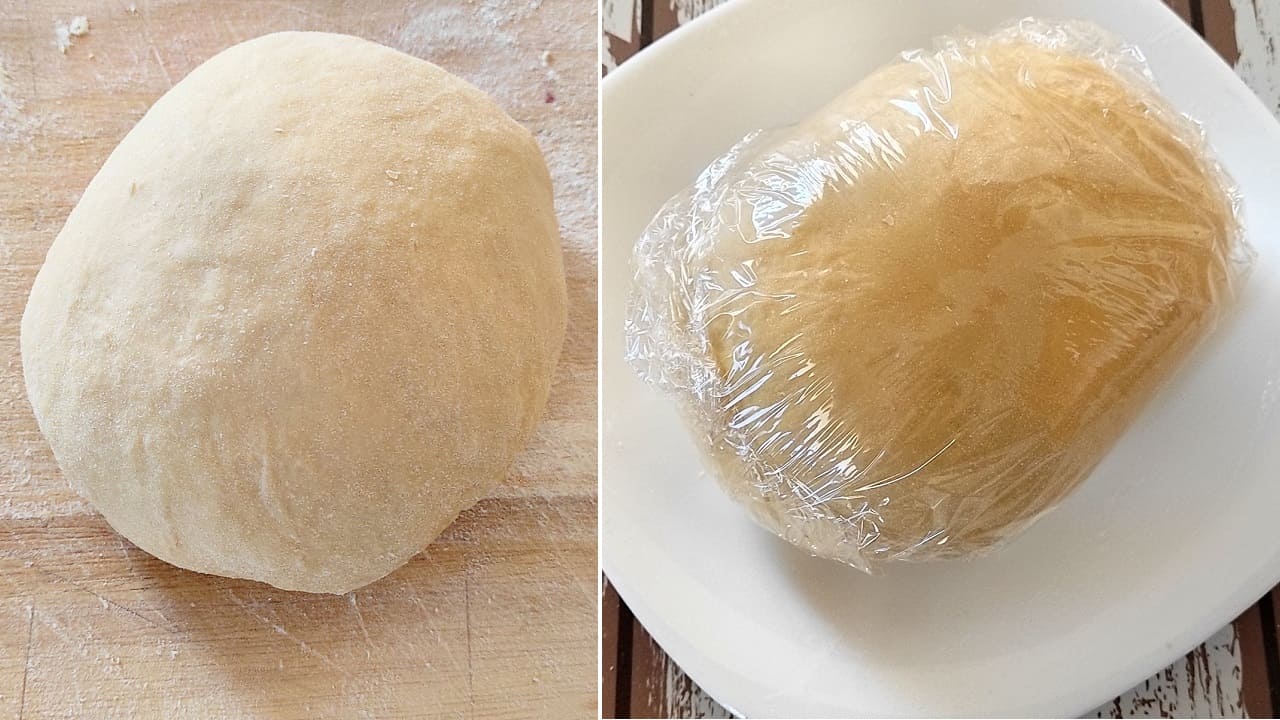
Preparation of stuffing and Casoncelli
To prepare the Casoncelli filling, start by cooking the beef steaks on a grill (or grill pan).
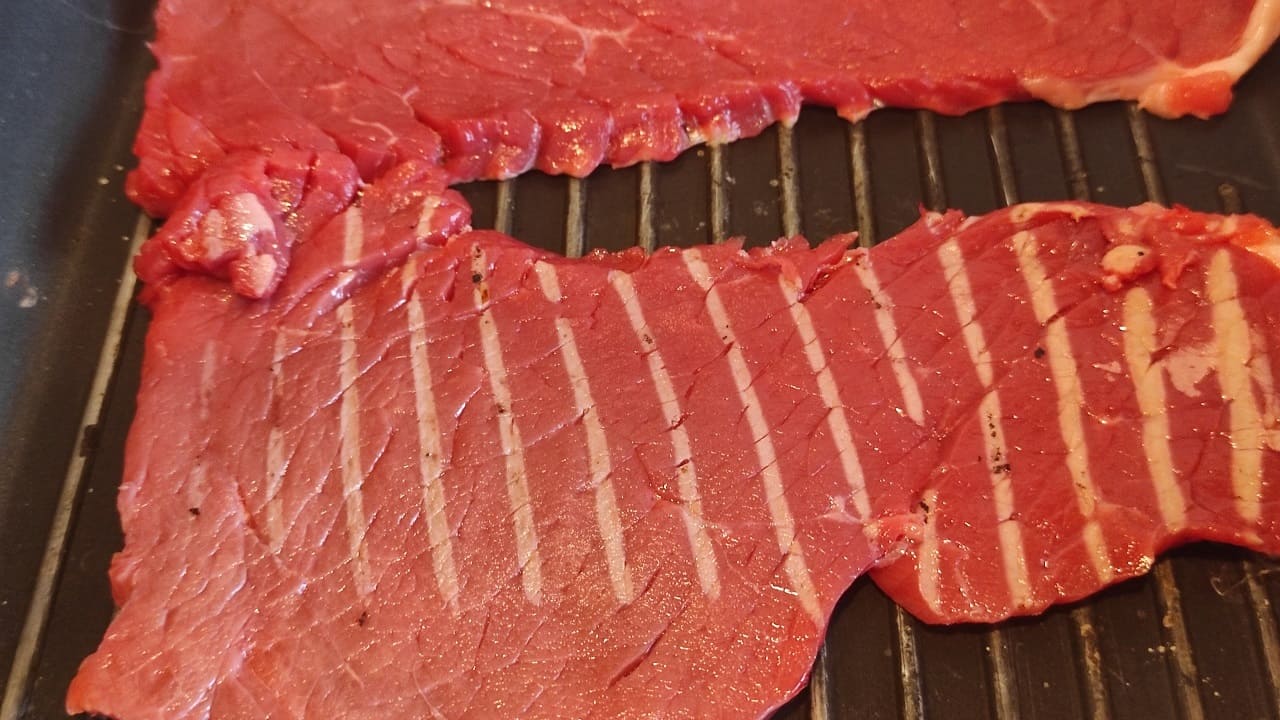
Once cooked, cut the grilled beef slices into small pieces. Meanwhile, in a bowl, soak the raisins for at least 10 minutes.
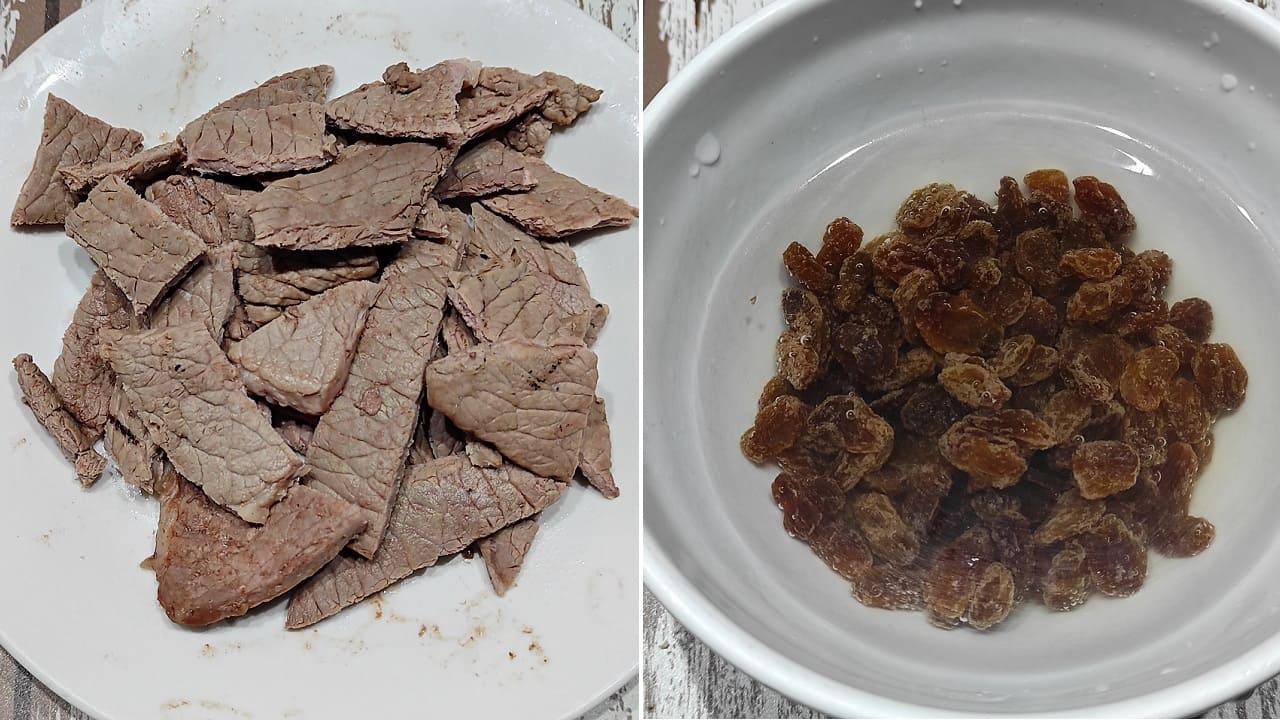
Wash and dry the parsley sprigs and, with a crescent (or a sharp knife), cut them finely.
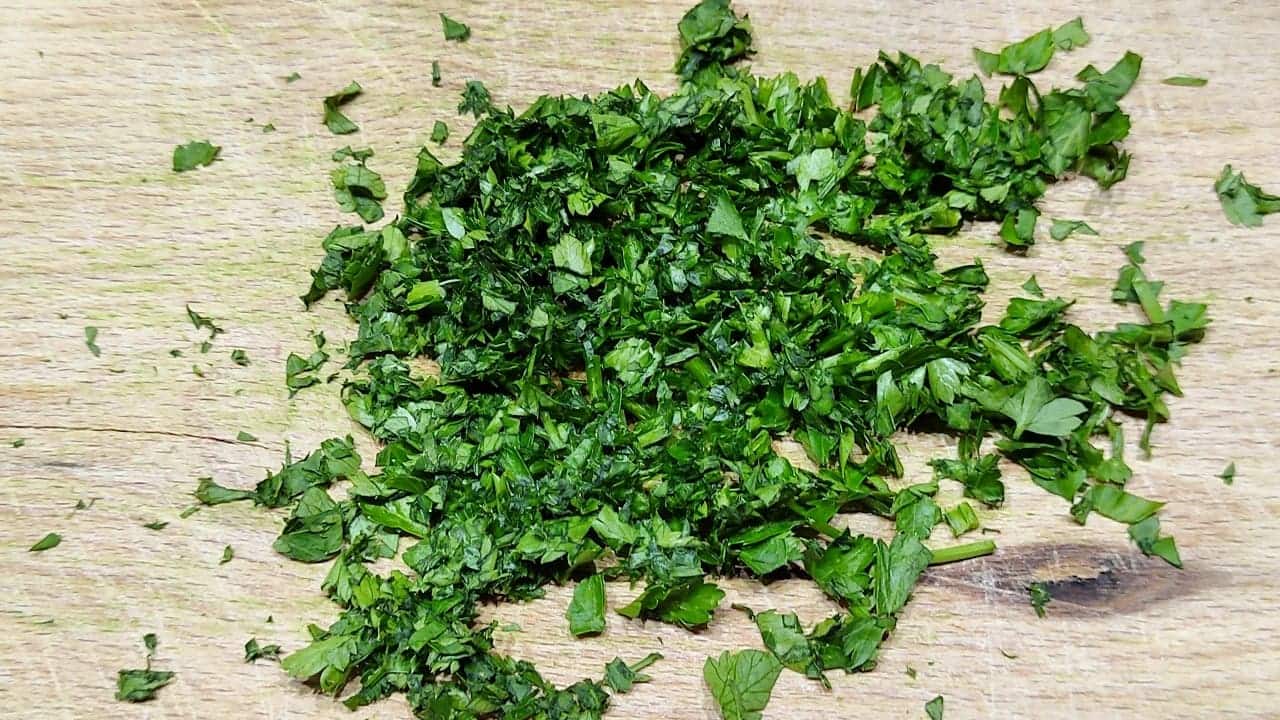
Put the pieces of cooked meat and raisins (well squeezed) in a blender (electric or manual) and chop finely.
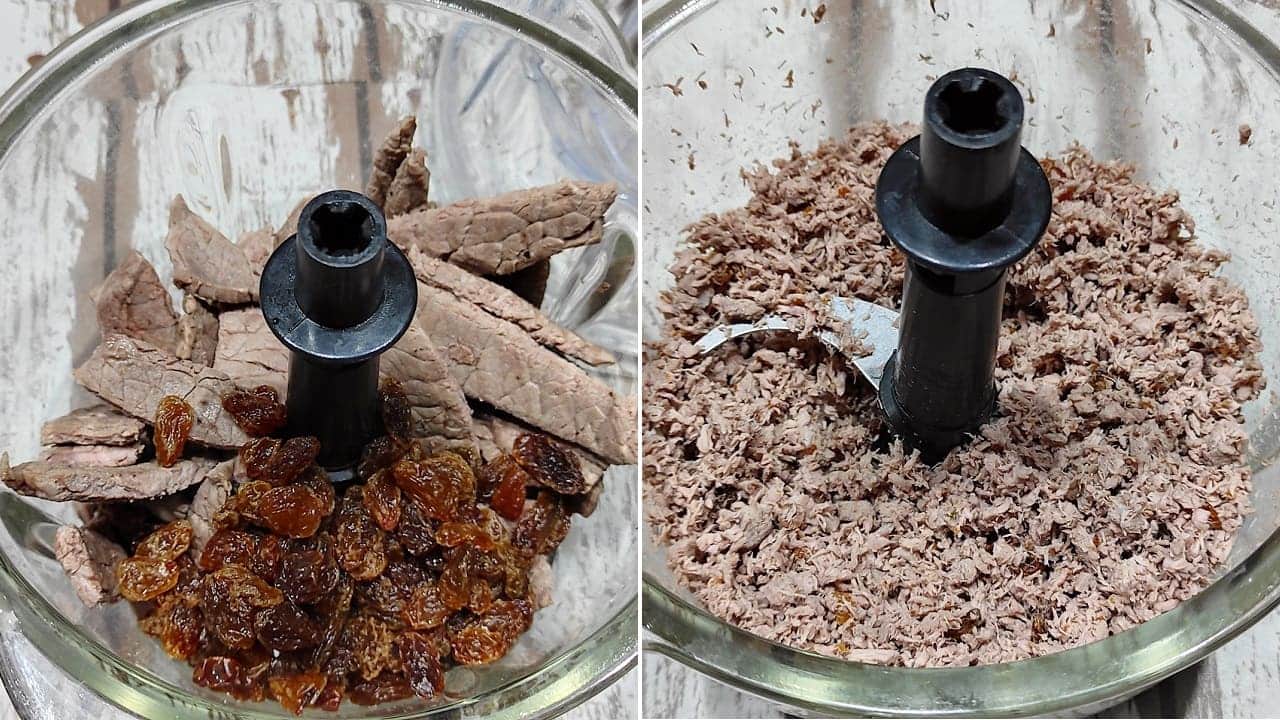
Take a large bowl and insert: finely crumbled amaretti, breadcrumbs, parmesan, minced beef and raisins, chopped parsley.
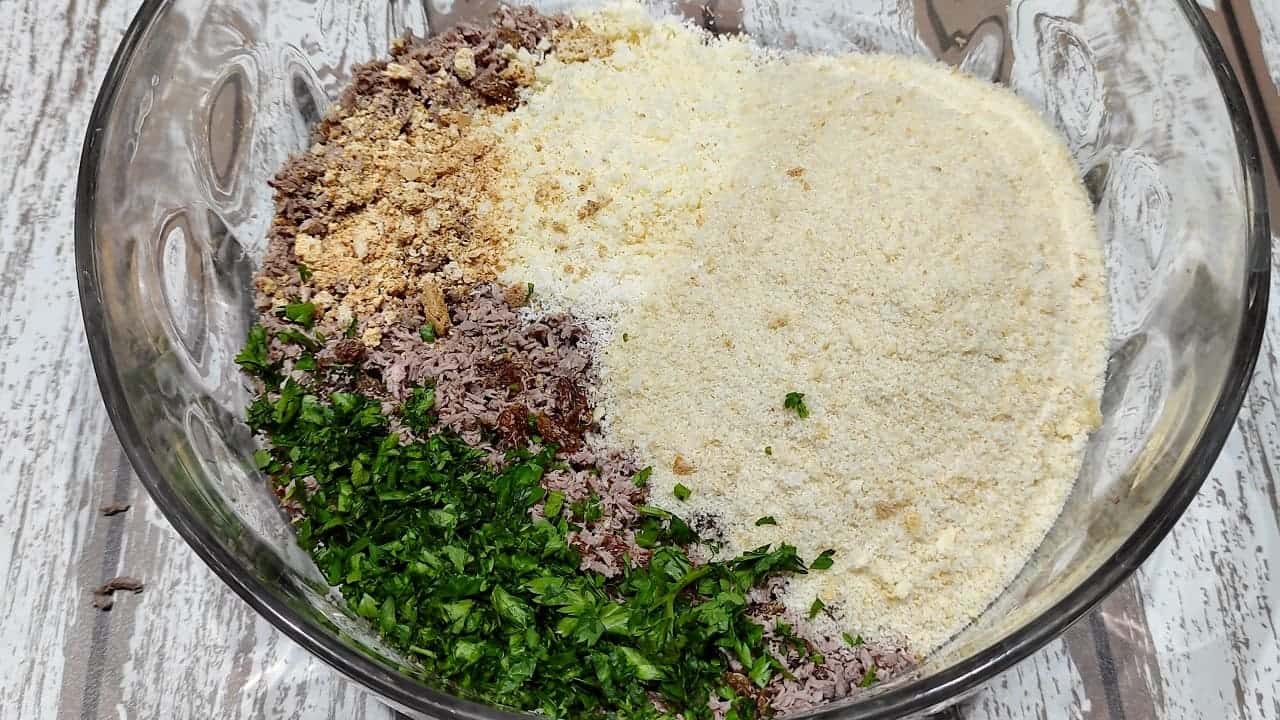
Mix the mixture well and pour the broth slowly.

Mix to obtain a well-tied and homogeneous mixture.
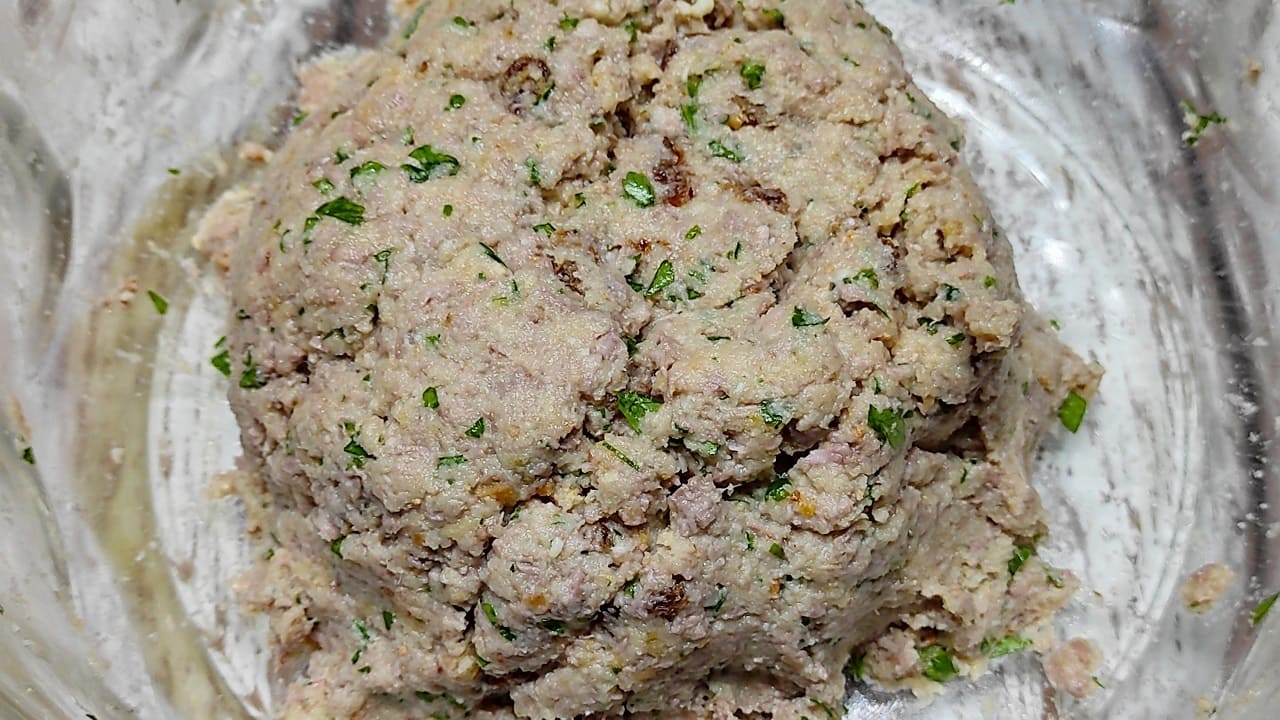
We can now form the Casoncelli. Remove the loaf of fresh pasta from the refrigerator at least 10 minutes before working it. Then, take one piece at a time and spread it out on a floured pastry board with the help of a rolling pin. The rest of the dough still unused must always be kept covered with the film to prevent it from drying out too much.

If you have a pasta machine, start rolling out the dough by setting the largest size (ours is # 8) and scaling it as you go over the dough, until you get to the finest thickness (# 1 ). As an alternative to the pasta machine, it is possible to make the dough with a rolling pin (and with elbow grease) until it reaches a thickness of 1-1.5 mm.
Obtain fresh pasta sheets with a width of at least 14 cm (the length is not important).
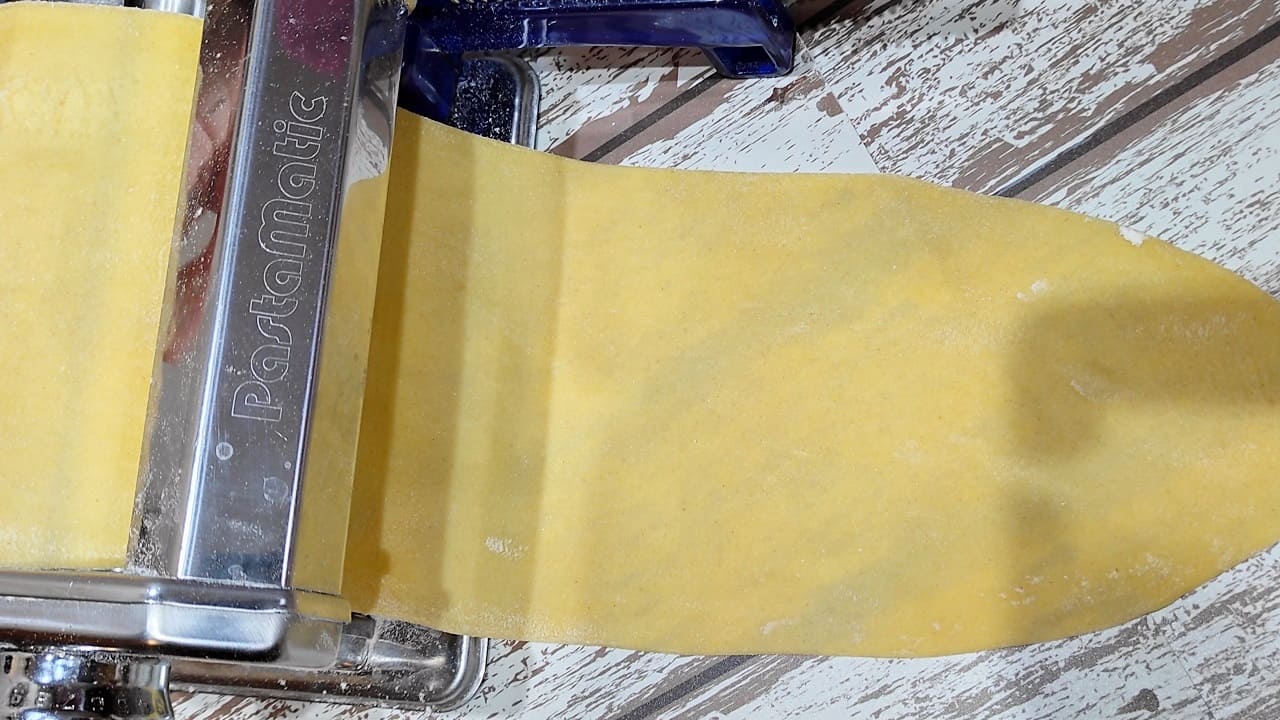
Take up the filling of the Casoncelli and form small balls with a diameter of about 1 cm.
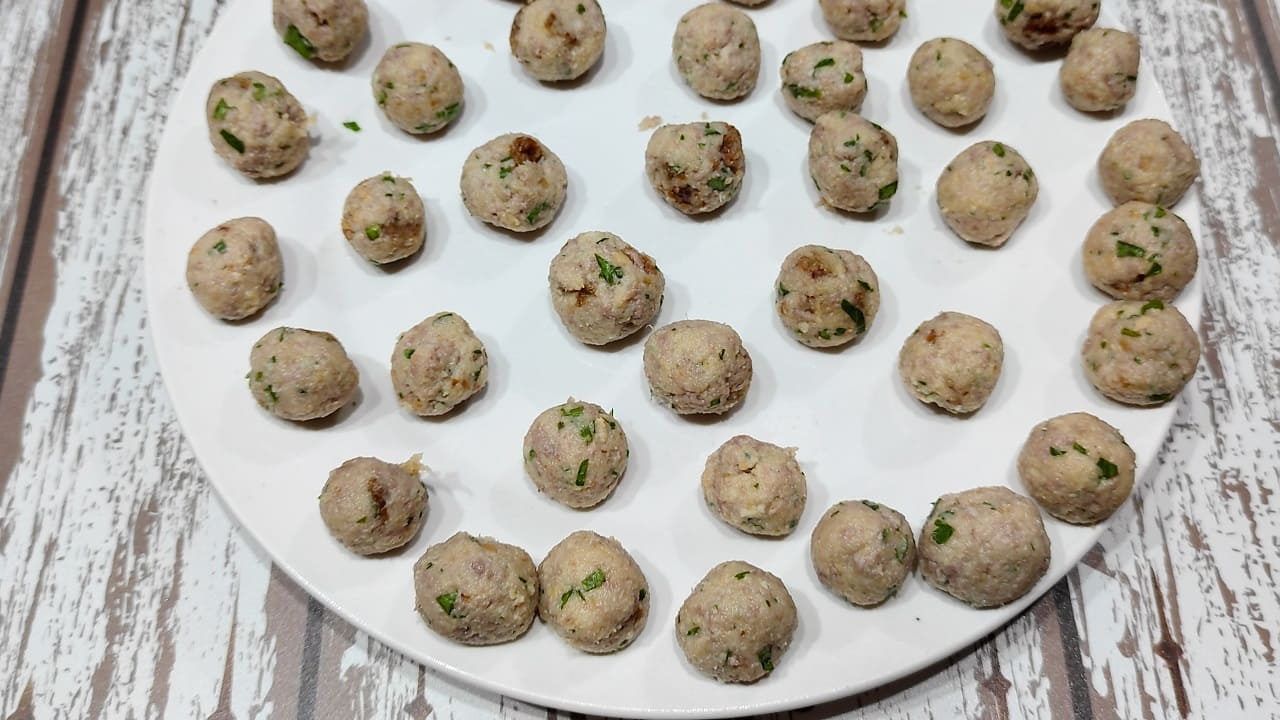
Spread the filling balls on the pastry sheet, spacing them about 2.5 cm apart.
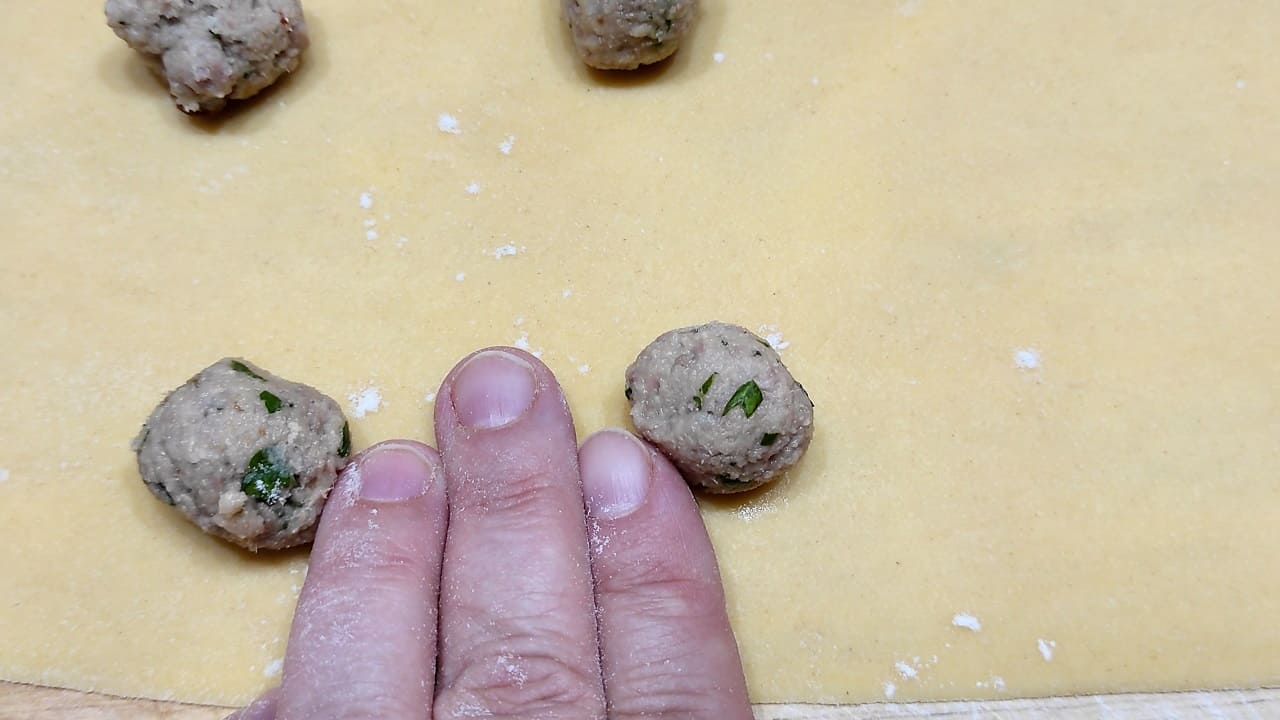
Once the balls have been distributed on the first sheet, cover it with another sheet of dough, pressing lightly with your fingers in order to join them and let the air escape.
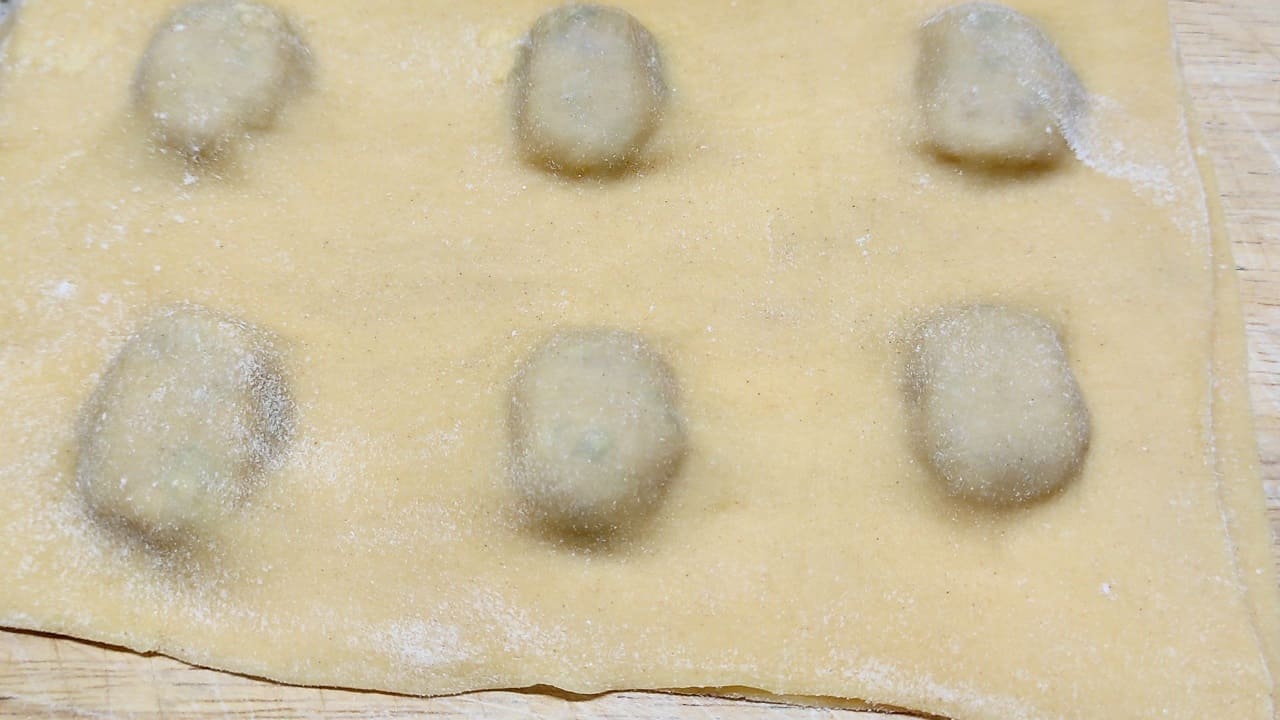
With the help of a special ravioli cutter with a diameter of 5 cm (or other at your disposal), cut the dough keeping the balls of filling in the center.
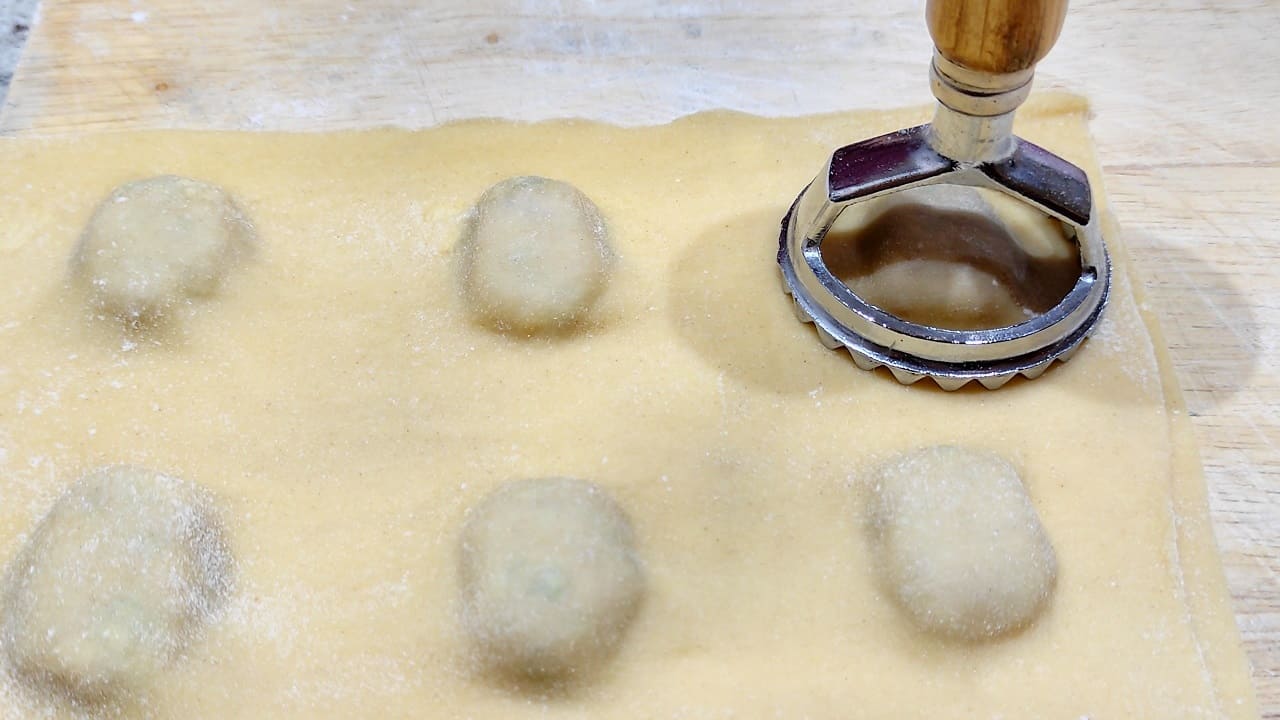
Now let’s give the Crescent shape to the Casoncelli: with your hands, press lightly on one side of the joint until it gives the shape of a crescent with a basin. Place the Casoncelli on a floured tray or pastry board and proceed with cooking and seasoning.
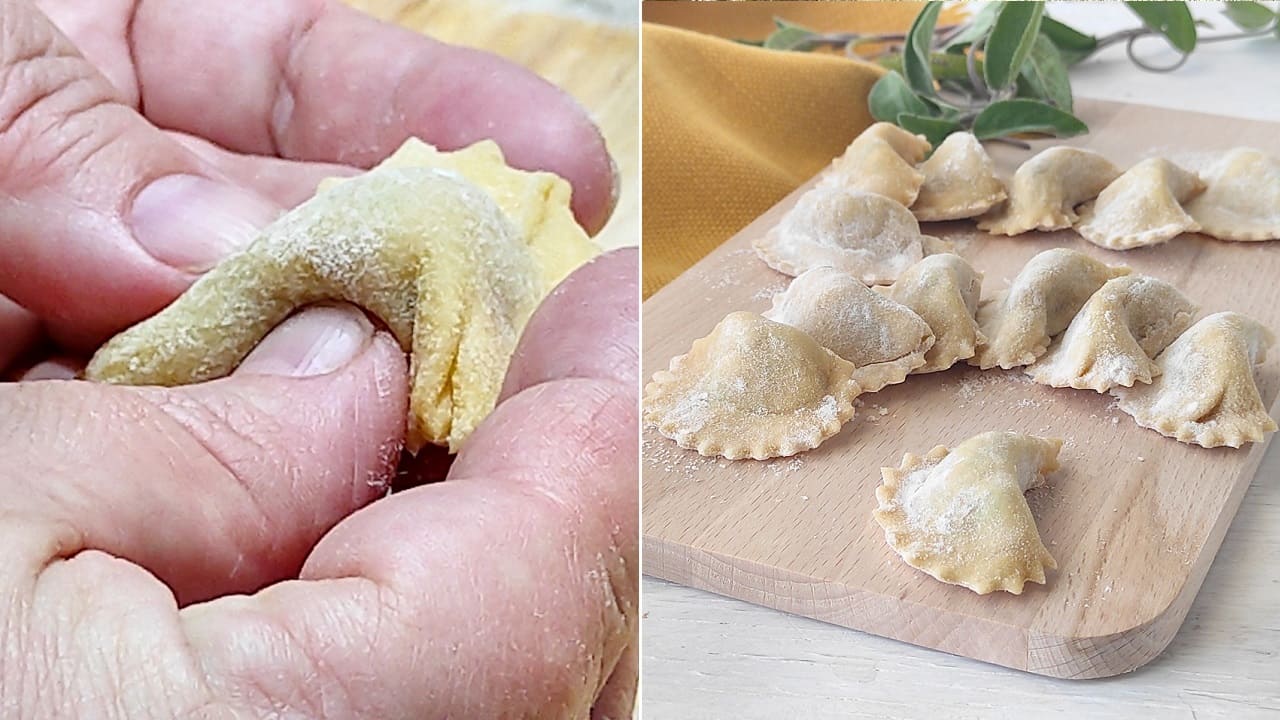
Bring a large pot with 3 liters of water to the boil. Season with coarse salt and add 2 tablespoons of olive oil. Once the water reaches a boil, immerse the Casoncelli in it (a few at a time) and cook for 8/10 minutes.
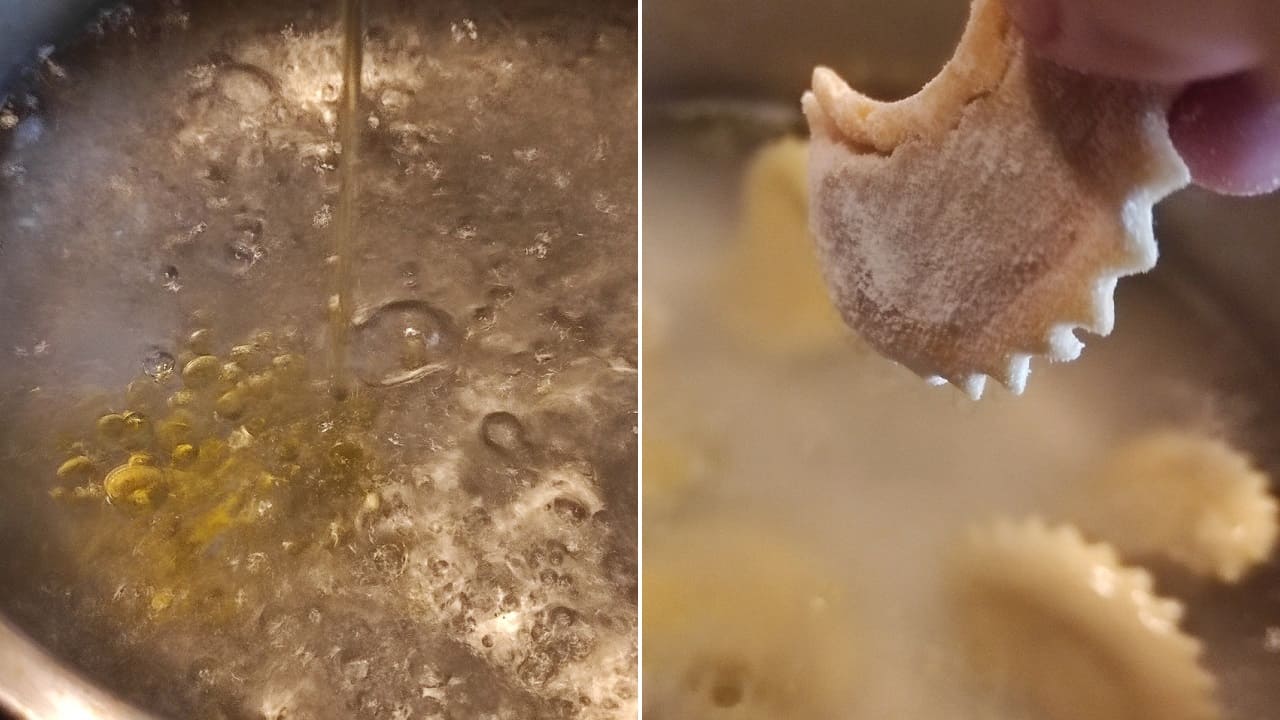
Meanwhile, finely chop the sweet bacon.
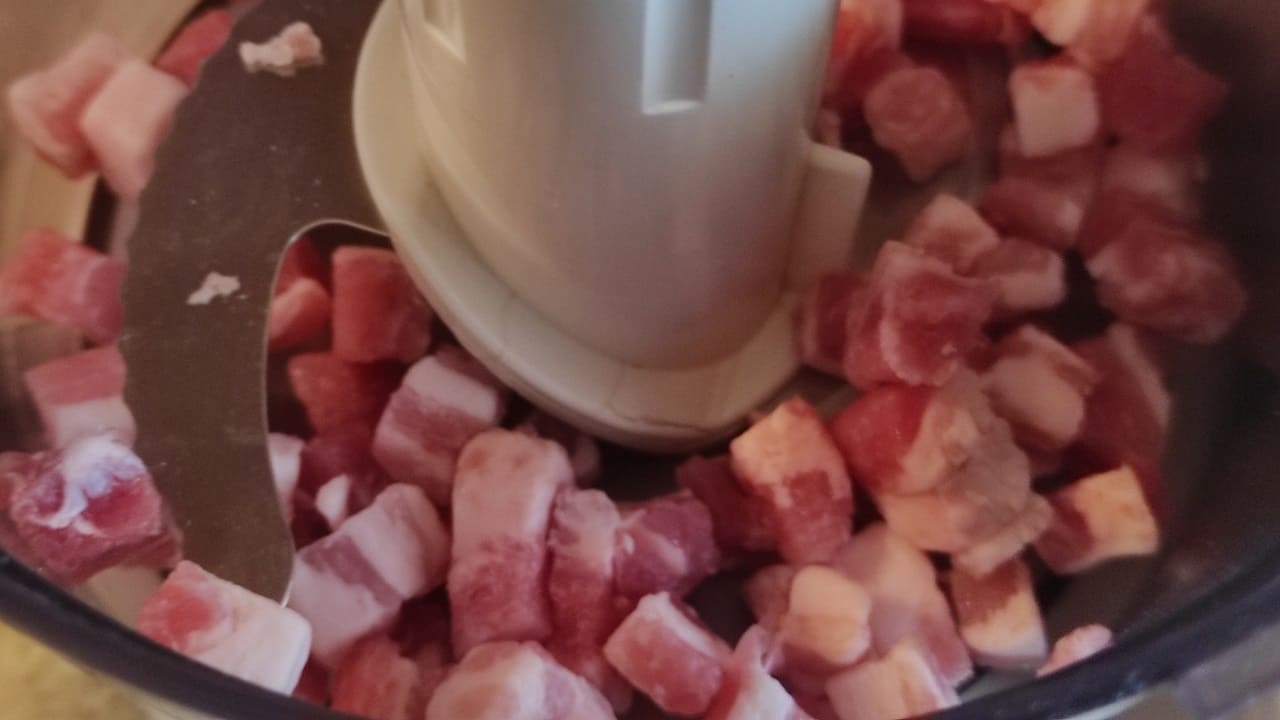
And in a saucepan, melt the butter. Add the minced bacon and the well washed and dried sage. Brown over medium-high heat for 5/7 minutes or in any case until the bacon is golden brown.
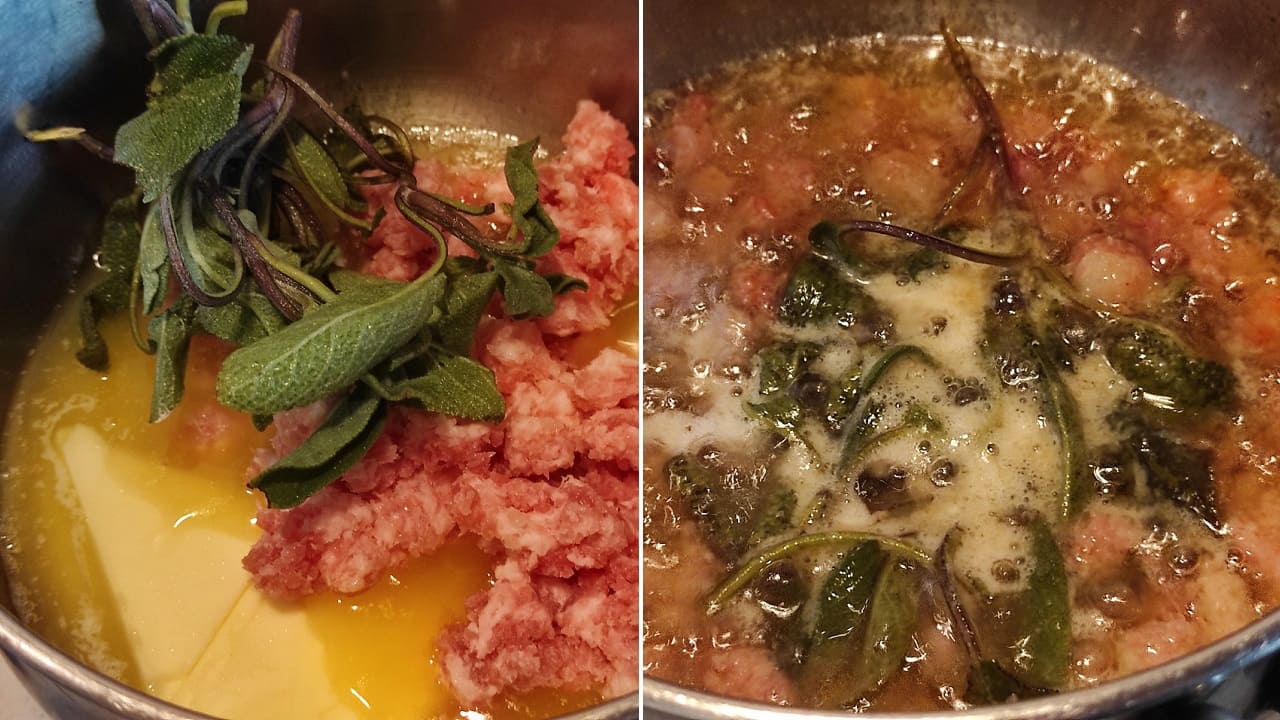
In the meantime, the Casoncellis will have risen to the surface: they are ready.
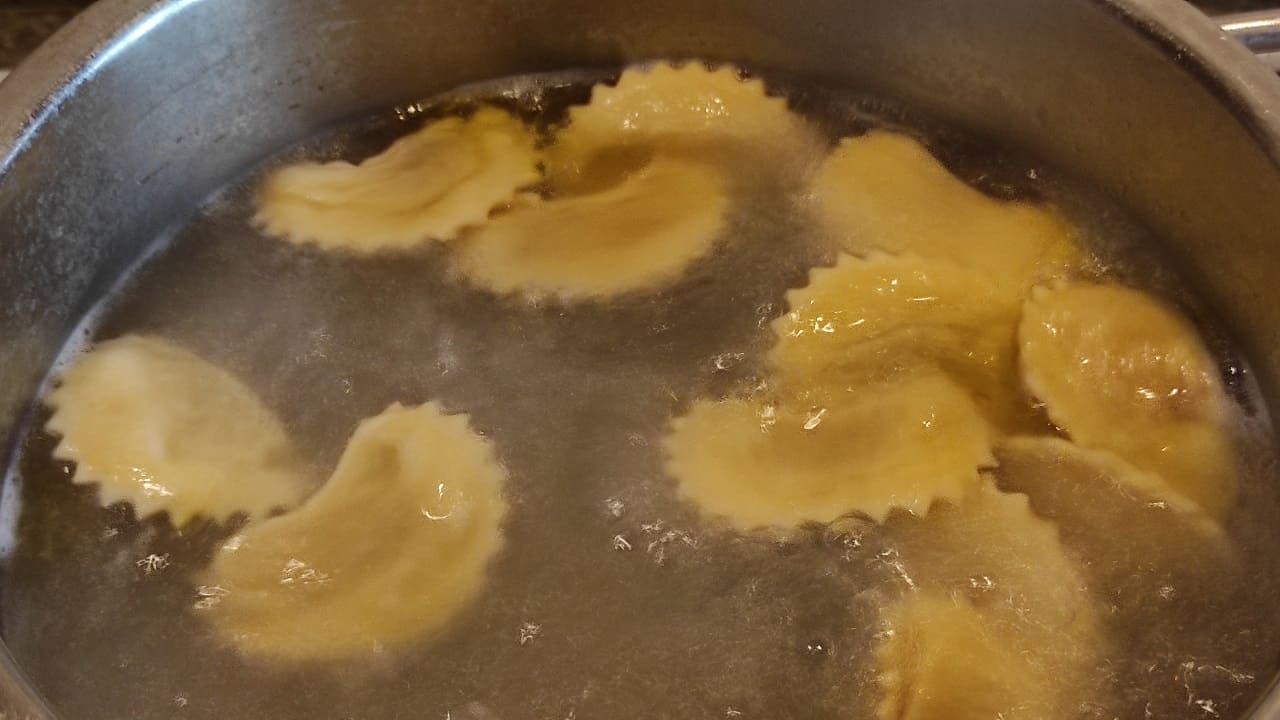
With a skimmer, take them out of the water and place them on the plate, taking care to eliminate all excess water.
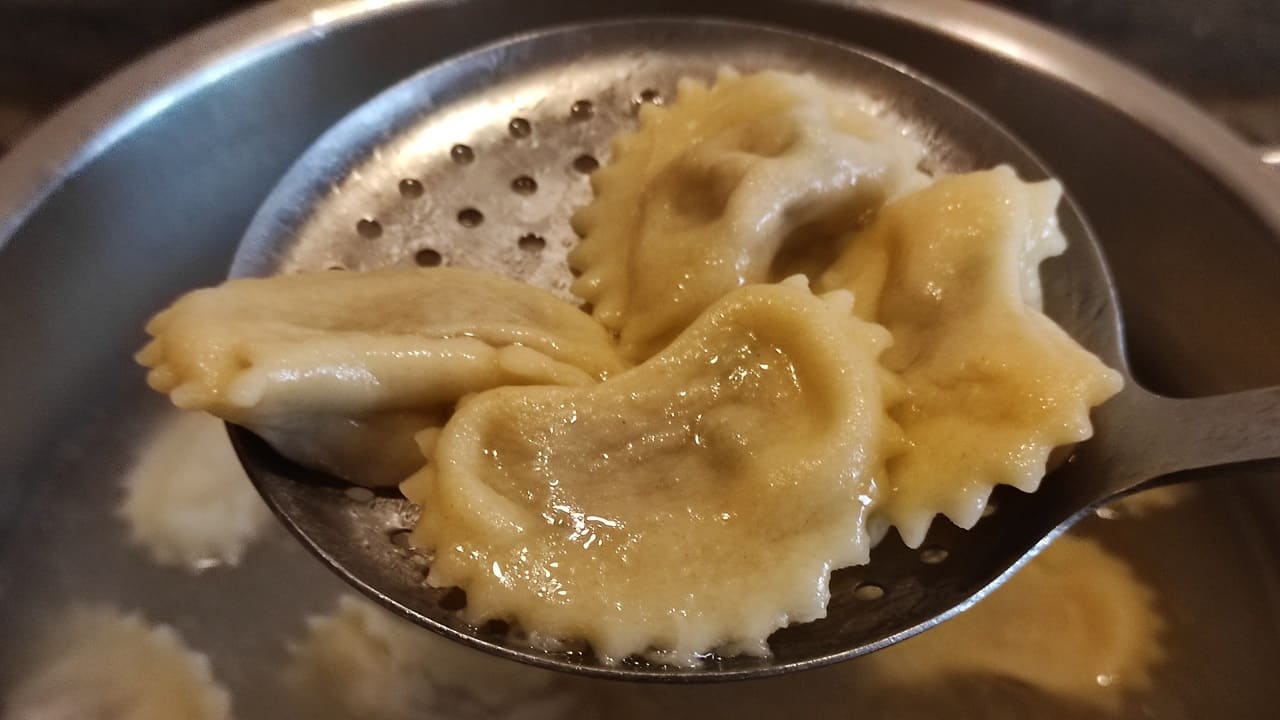
Cover the Casoncelli with the grated Parmesan and then the melted butter, sage and bacon sauce and serve hot.
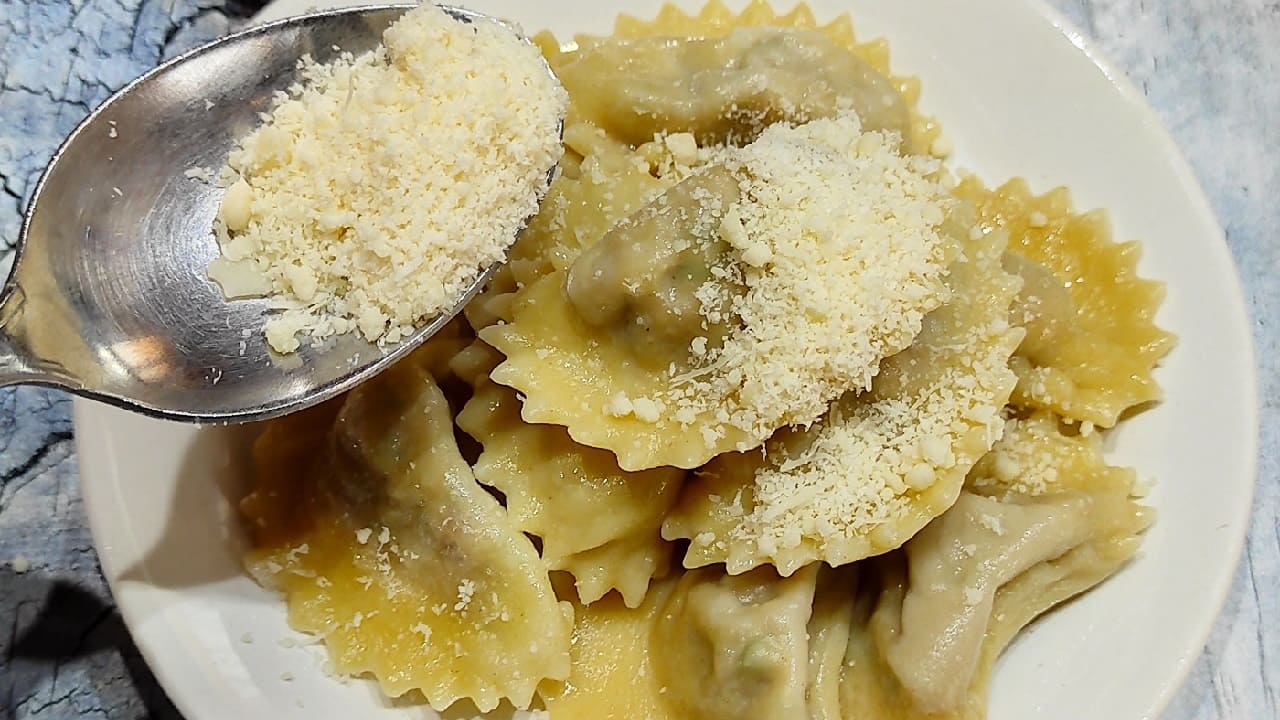
Accessories
- Two bowls
- A fork
- A pastry board
- Transparent film
- A grill pan or grill
- A sharp knife and a cutting board
- A mixer or blender
- A rolling pin
- A pasta machine
- A bowl of pasta for ravioli (or other at your disposal) with a diameter of 5 cm
- A large pot
- A skimmer
Tips and tricks
- The dough that is pulled must have a thickness of 1 mm or at most 1.5 mm. Better not to exceed this thickness.
- To help the pasta seal better, before cutting the Casoncelli, you can moisten it slightly with a kitchen brush. In this way it becomes more adhesive.
- The typical Casoncelli sauce, especially in the Brescia recipe, includes melted butter, sage and plenty of grated cheese, while in the Bergamo version, pancetta is also used for an even more decisive flavor. But nothing prevents them from being seasoned in a different way. For example, you could dip them in a delicious ragù or a simpler fresh tomato sauce.
- As with any self-respecting traditional dish, variations are always around the corner. Between regions, provinces, towns and even families there are different Casoncelli recipes. Although some main ingredients remain constant, variations can be found especially in the ingredients of the filling. There are those who add raisins and those who do not; who adds both pork and beef and who doesn’t. In short, find your favorite version of these tasty bundles of fresh pasta.
- For lovers of wholemeal pasta, it is possible to substitute wholemeal flour for the recipe to obtain traditional Casoncelli that are more attentive to the line.
storage
Store the cooked casoncelli in an airtight container in the refrigerator and consume them to the maximum within 2 days. If still raw, they can be frozen and stored in the freezer for about a month. In this case, there is no need to defrost them before boiling them; just insert them directly into the cooking water.
History
Drawing a well-defined historical line for the Casoncellis is not an easy job, because its origins are probably closely linked to those of numerous other fresh filled pasta recipes (agnolotti, tortelli, ravioli). What is known is that one of the first testimonies on the preparation of Casoncelli in the Brescia area, dates back to more than 500 years ago. In 1500, in fact, in a popular composition by the writer Galeazzo dai Orzi, the culinary skills of the protagonist, that is a housewife, were told; among the dishes mentioned there were also the Casoncelli. It was therefore deduced that in the Brescia territories this recipe was in common use and well known.
According to other stories, the origins of the Casoncelli are even more ancient. A notarial deed of 1386 mentions the Casoncelli among the dishes served during a party with thousands of people, in Upper Town of Bergamo. What is certain is that this stuffed pasta comes from ‘poor’ and peasant culinary traditions, when the family used humble and recycled ingredients to create dishes that have become increasingly ‘renowned’ over the years.
From the testimonies that have come down to us, it is known that Brescia and Bergamo are the two provinces that have always contended for the paternity of the Casoncelli, so much so that each area jealously guards its own original recipe of these bundles rich in simple and delicious flavors. The versions are distinguished by some ingredients, especially in the filling. THE Bergamo-style Casoncelli they are the richest in ingredients and include: salami paste, beef, grana padano, breadcrumbs, macaroons, parsley, egg, lemon zest, pear, nutmeg and pepper. THE Casoncelli in the Lower Brescia areaon the other hand, they are simpler and include a filling with bread, Grana Padano, nutmeg, garlic, beef only, broth, parsley and salt.
You know because they are called Casoncelli? It probably derives from two etymologies: from ‘caseus‘(cheese), due to its essential presence in the recipe, and givesshorts‘, small stuffed trousers with a folded’ horseshoe ‘shape.
Ingredients for 4 people (850 g)
- FOR FRESH PASTA
- Medium eggs: 4
- Flour 0: 400 g
- Salt up: 1/2 tsp
- Water: to taste
- FOR THE STUFFING
- Beef: 300g slices
- Breadcrumbs: 80 g
- Grated Parmesan: 60 g
- Macaroons: 10 pcs
- Raisins: 100 g
- Vegetable broth: 100 ml
- Parsley: 3 sprigs
- Salt up: 1/2 tsp
- FOR THE DRESSING
- Butter: 200 g
- Sweet bacon: 150 g
- Sage: 3 sprigs or 10 leaves
- Parmesan: 100 g
- Preparation: 1 hour
- Cooking: 10 minutes
- Total: 1 hour, 10 minutes

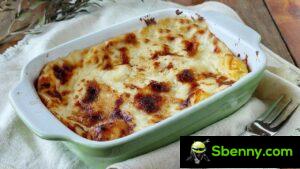
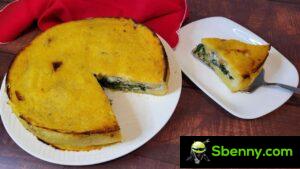
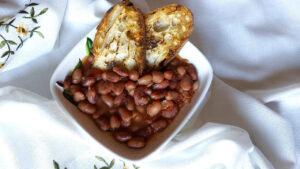
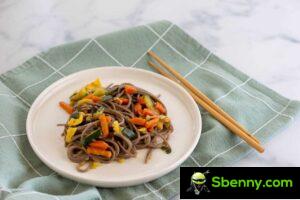
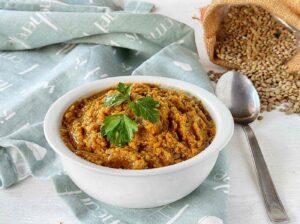

Start a new Thread